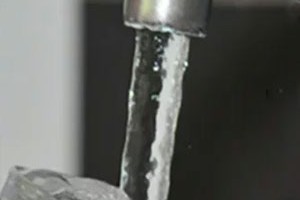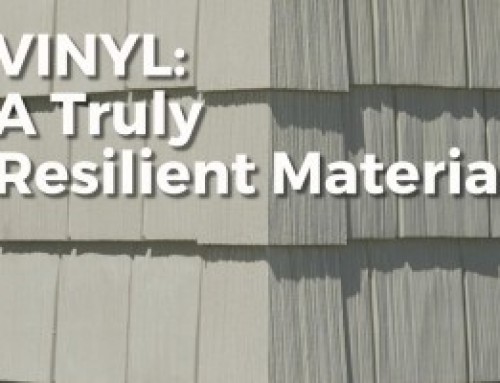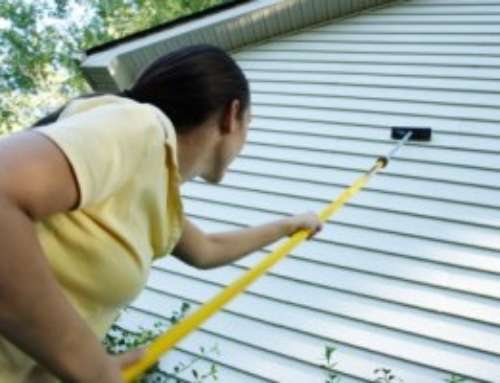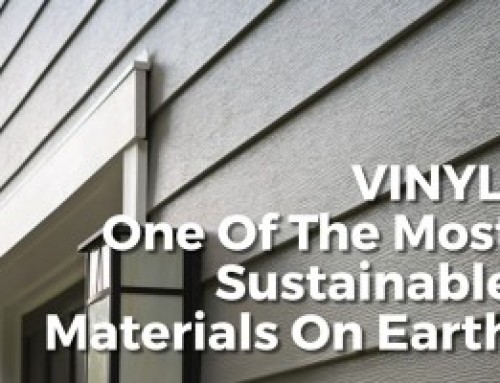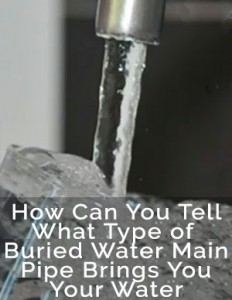
If you live anywhere in Canada, chances are your tap water is delivered to your home by Vinyl pipe. However some of Canada’s older cities such as Toronto and Hamilton, who currently use Vinyl pipe for new buried water mains, have old iron water mains in the ground that are still in operation today. So if you live in one of these old areas, how can you tell whether your water flows through iron or Vinyl?
One way would be to keep track of the water main breaks in your neighbourhood. If you’ve lived in your house for many years and never recalled any instances in which your water service was shut off to repair a water main break, chances are your buried pipes are Vinyl. In a recent study conducted by Utah State University, Vinyl water main pipe was determined to have the lowest overall break frequency of all pipe materials in use today in North America.
However a more direct way to tell whether your buried water main pipes are iron or Vinyl is to wait until the next time your water is shut off due to a water main break, then visually inspect the water that comes out of your tap after the repair is complete and your water is back in service. If the water comes out of your tap in a reddish-brown colour, then you’ve got iron pipe for your buried water main. That reddish-brown colour is nothing to be too alarmed about, it’s just rust particles that flaked off the iron pipe walls when the pipe was de-pressurized, then mixed in with the water when the line was re-pressurized. When this happens municipalities recommend running all of your taps on full until that reddish-brown colour goes away.
I remember years ago, when I lived in the Yonge and Eglinton area of Toronto, my water service was shut off on average once a month. Every time the shutdown lasted at least 6 hours and sometimes I had to run my faucets full-blast for over 30 minutes before the rust colour disappeared. So if you’re one of the many fortunate Canadians who gets tap water delivered through Vinyl pipe, your water main breaks will be very few and very far between.
That’s not to say that Vinyl pipe doesn’t break. If it is operated incorrectly or severely impacted, Vinyl water main pipe may break, however it will never break due to corrosion as Vinyl does not corrode. Also, on those rare occasions when Vinyl water main pipe needs to be taken out of service and repaired, homeowners would not need to flush their pipes as there would be no rust or other contaminants in the water. Rust is a corrosion by-product that forms on materials that corrode. Since Vinyl is completely non-corroding, there is nothing that can be released into the water so the water will always stay clean and clear, even after a water main repair. In addition to keeping the water inside clean, Vinyl pipe has many other advantages including flexibility, high tensile strength, and superior smoothness. Fortunately most of the Canadian municipalities that still have old buried iron water main pipes in service are being proactive and replacing these pipes with Vinyl, and using only Vinyl for new water main installations. Eventually rust coloured tap water will be a thing of the past.
Footnote:
Folkman, Steven; “Water Main Break Rates in the USA and Canada: A Comprehensive Study”;
Utah State University, Buried Structures Laboratory; April 2012.


